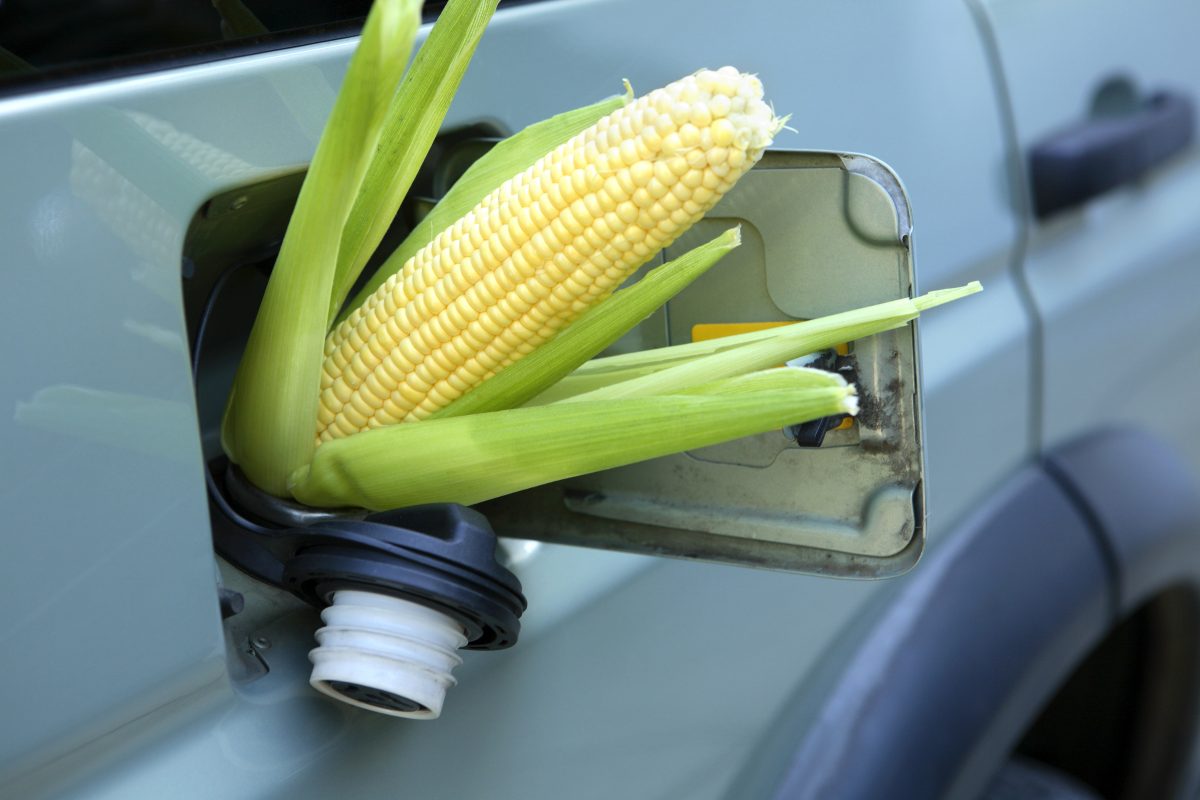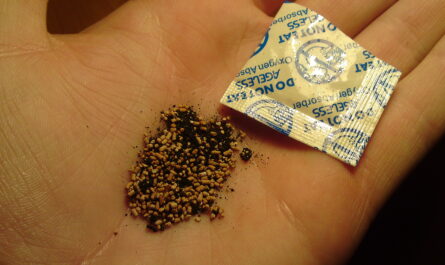Ethyl Acetate: A Green Solvent
Ethyl acetate is one of the most important ethanol derivatives that is commonly used as a solvent. It is produced on an industrial scale by the Fischer esterification reaction between ethanol and acetic acid. Around 2.5 million tons of ethyl acetate is produced globally every year. One of its main uses is as a solvent in paints and coatings industry where it helps dissolve resins. It has also largely replaced toxic solvents like methylene chloride and serves as a green solvent. Ethyl acetate is known for its favorable properties like low toxicity, low odor, and is miscible with both organic compounds and water. These characteristics make it suitable for a wide range of applications in pharmaceuticals, food ingredients, plastics, and more. Its production is also more environmentally friendly as it uses renewable ethanol as a starting material.
Ethyl Tert-Butyl Ether: An Octane Booster for Gasoline
Ethyl tert-butyl ether or ETBE is another oxygenate which is produced from Ethanol Derivatives and isobutylene. Around 2 million tons of ETBE is synthesized annually. Due to its excellentoctane rating of about 105, ETBE serves as an octane booster and replacement for lead in gasoline. Blending ETBE into gasoline helps reduce vehicle emissions as it allows using gasoline with lower octane rating. The ether linkage in ETBE makes it more stable than simple ethanol blends. It is also less susceptible to phase separation issues on storage. ETBE production helps utilize ethanol surpluses and supports renewable fuel policies of European countries. Though currently more expensive than ethanol, ETBE is an important oxygenate which complements ethanol usage in the transportation fuels sector.
Vinyl Acetate Monomer: A Key Plastic Building Block
Vinyl acetate monomer or VAM is one of the top fifteen largest volume chemicals globally and is predominantly used for producing polyvinyl acetate and its copolymers. The specialty plastics produced find applications as adhesives, paints, fiber, paper coatings among others. Around 8 million tons of VAM is manufactured annually by catalytic dehydrogenation of acetic acid derived from ethanol. The versatile monomers like vinyl acetate allow converting ethanol into high value polymers expanding its scope beyond fuels. An ethanol-derived route offers an economical and sustainable method for VAM production compared to petrochemical pathways. With growing plastics demand, VAM is projected remain a major outlet for further upgrading ethanol in chemical industry.
Ethylene: A Huge Volume Petrochemical
Ethylene, also known as ethene, Ethanol Derivatives is the world’s most widely produced organic compound and biggest volume petrochemical. Around 155 million tons of ethylene is manufactured globally every year from naphtha and natural gas. However, an alternative bio-based route for ethylene production involves dehydration of ethanol over acid catalysts. While small scale ethanol based ethylene plants currently exist, larger scale production faces challenges due to high energy intensity of the process. Continuous research efforts are examining new solid acid catalysts, membrane reactors and process optimizations to reduce the energy costs. If commercially established, bio-ethylene can directly substitute 5-10% of petrochemical ethylene demands. It can also form the basis for numerous derivatives including polyethylene, ethylene glycol, ethylene oxide and others which can displace their petroleum cousins. With technological progress, ethanol derived ethylene holds promise for future commercialization as a renewable petrochemical.
Higher Alcohols as Gasoline Blending Agents
Research on catalytic conversions of ethanol has led to processes producing higher alcohols like butanol and pentanol. Being oxygenated species, these alcohols can be used to replace part of gasoline in vehicle fuels as eco-friendly blending agents. For example, n-butanol has a higher energy density than ethanol and causes less hyper hydration in engines. It provides a higher octane number of about 100 thus allowing gasoline with lower octane requirements. Compared to ethanol, butanol also poses lower hazards for corrosion to fuel system components and absorbs lesser water. Pilot plant scale production of n-butanol is being demonstrated by companies like Gevo. These higher chain alcohols offer better blending properties than ethanol and diversification options for the biofuels sector. Production economics for their widespread fuel applications needs further optimization though via catalyst and process developments.
*Note:
1. Source: Coherent Market Insights, Public sources, Desk research
2. We have leveraged AI tools to mine information and compile it




